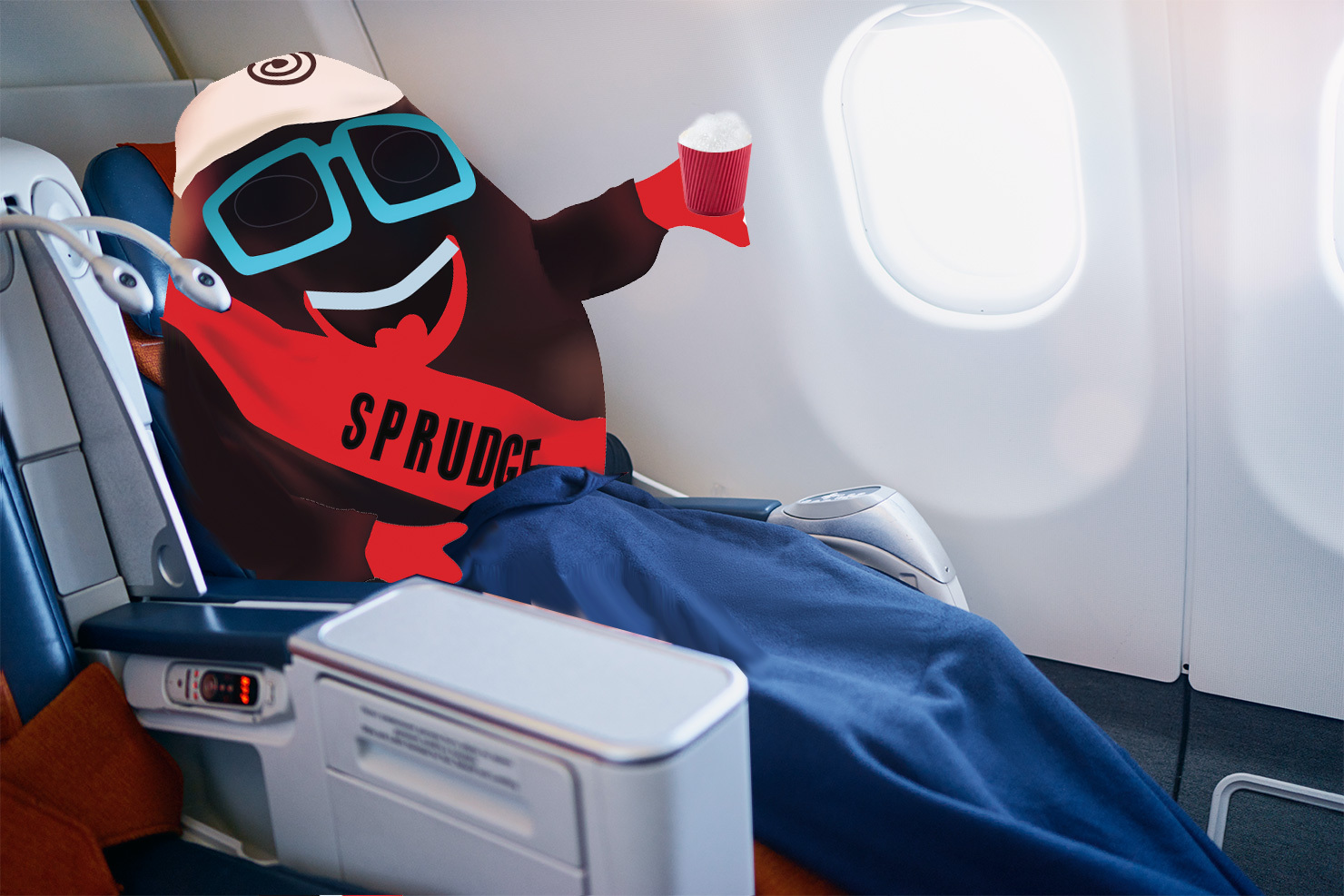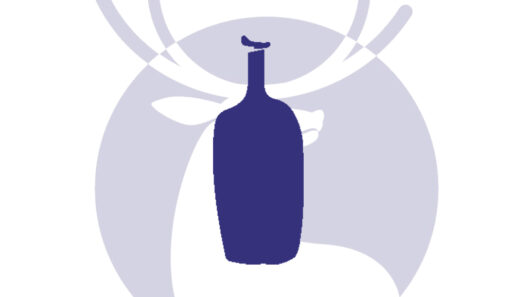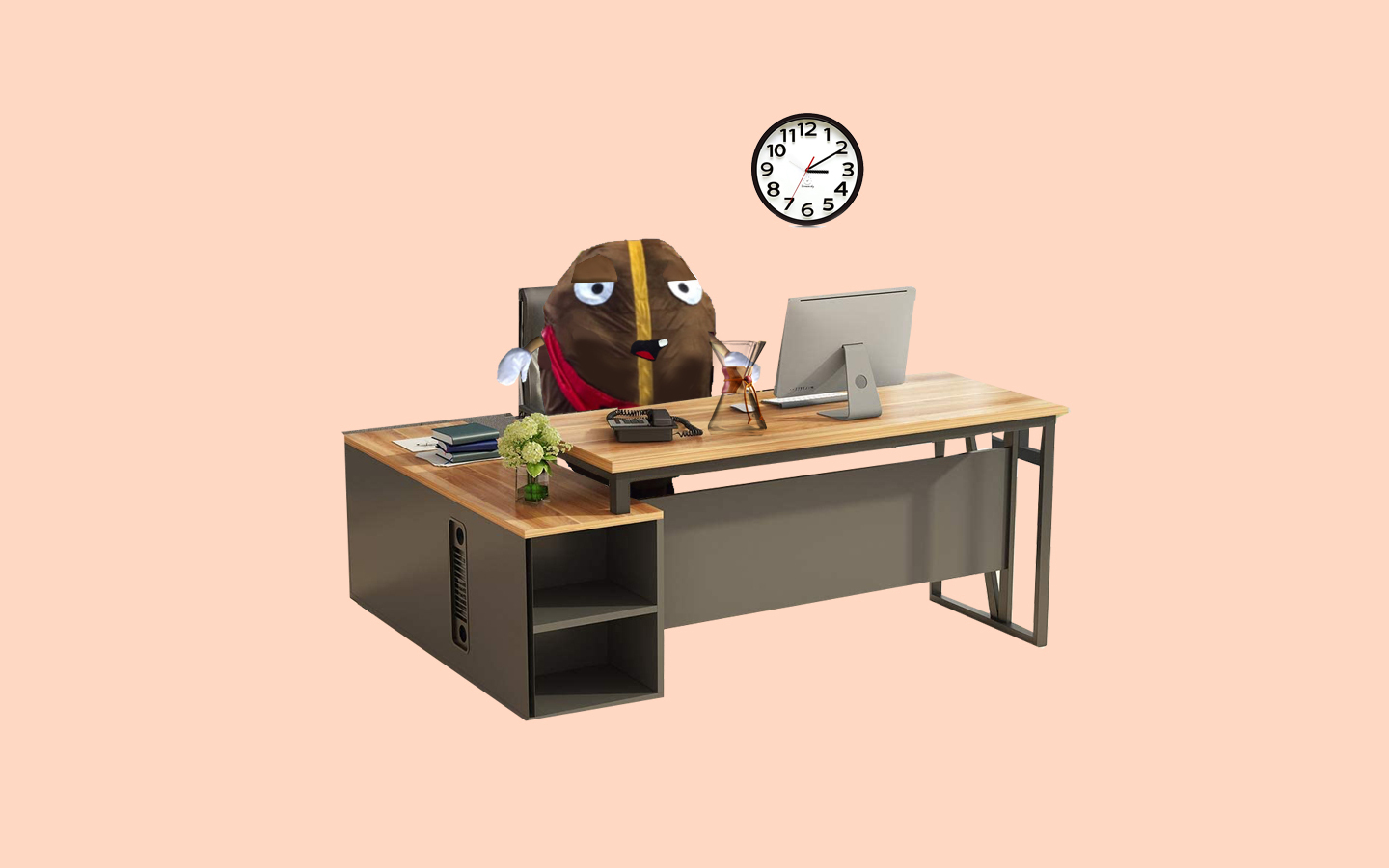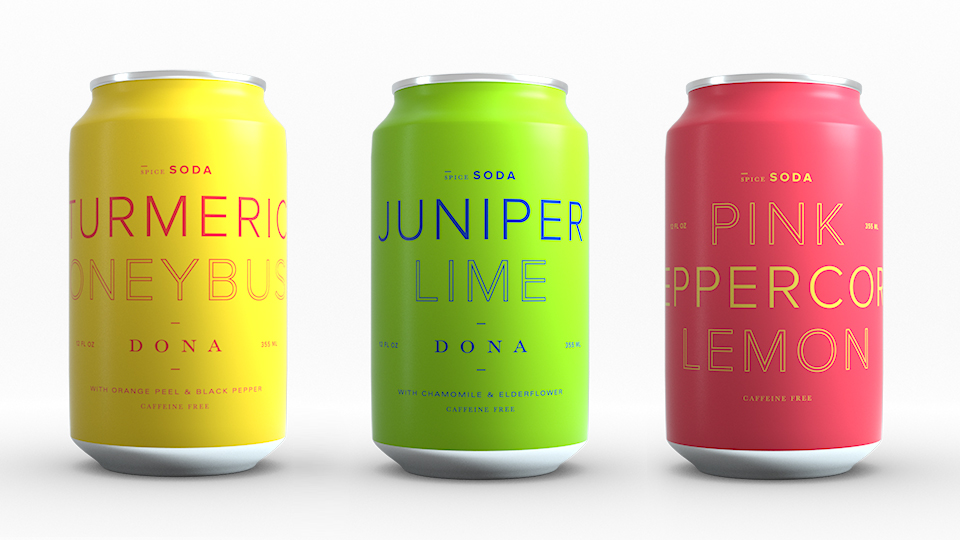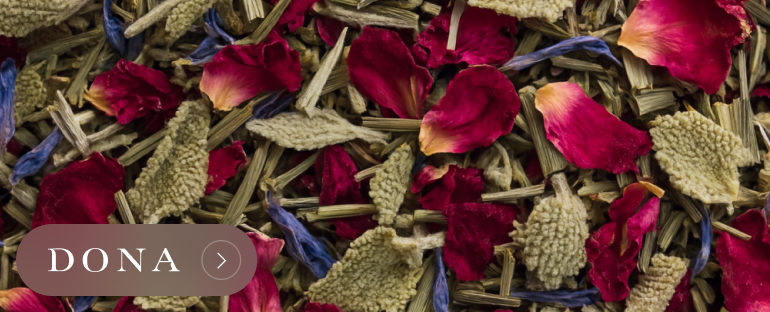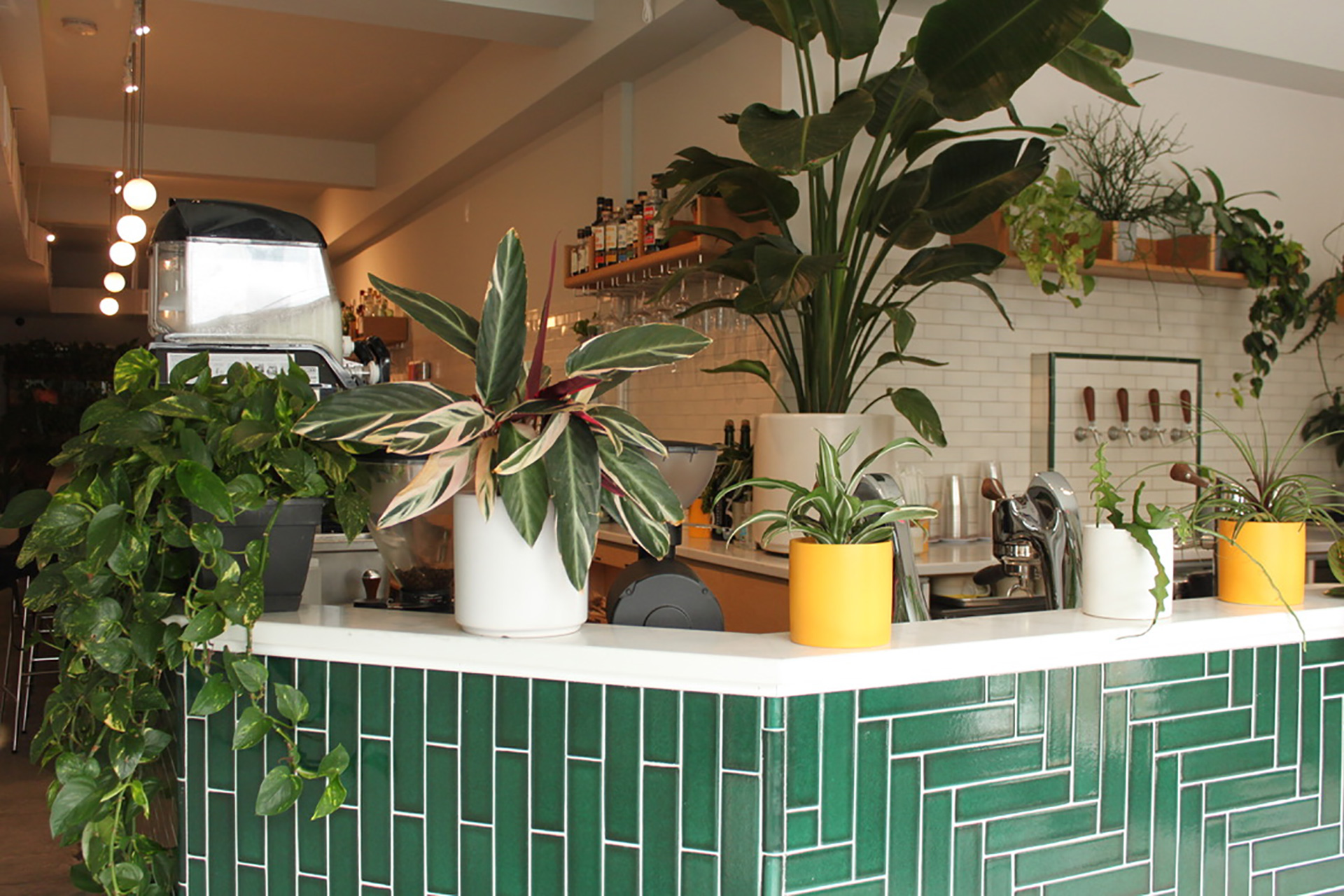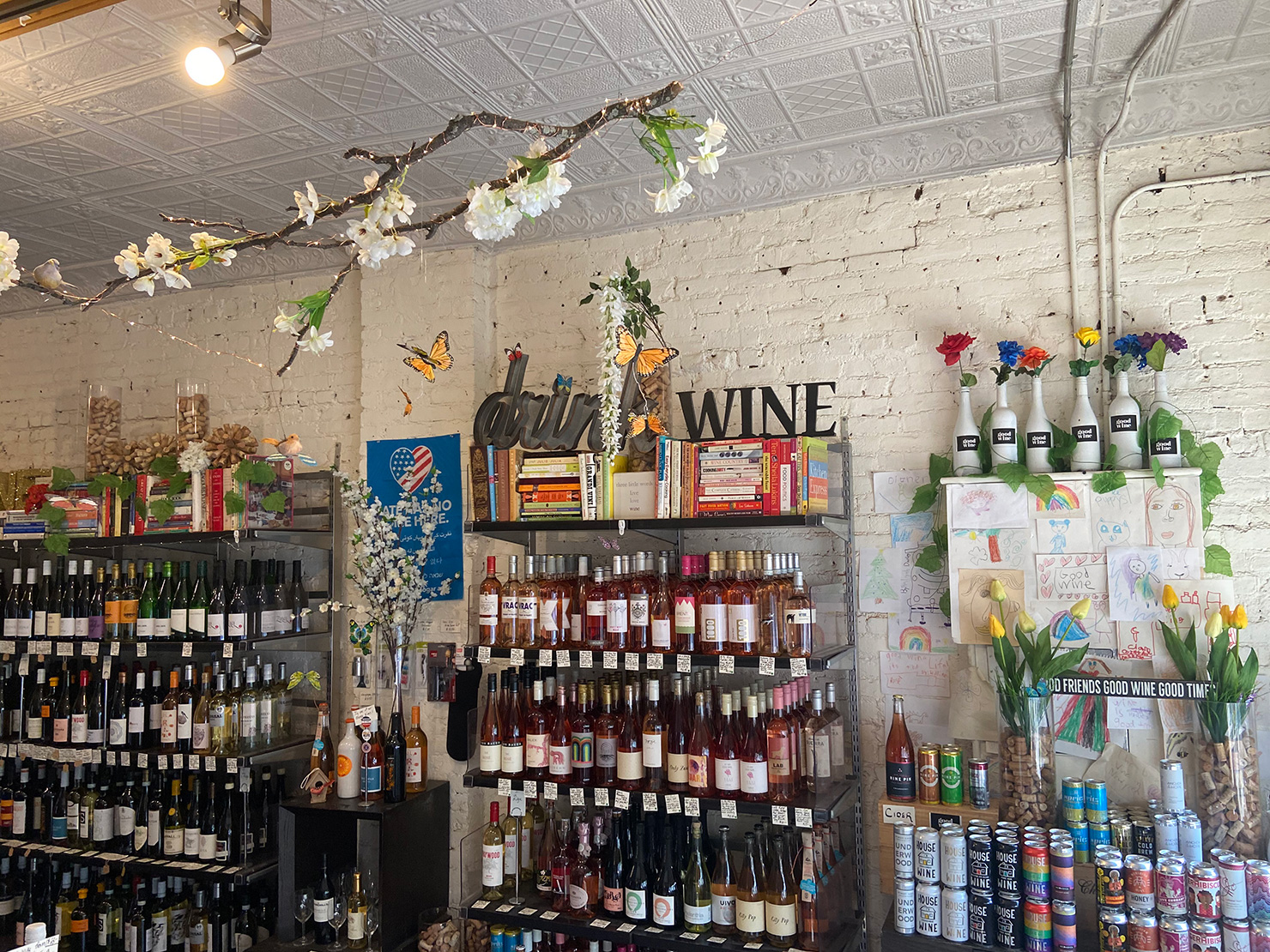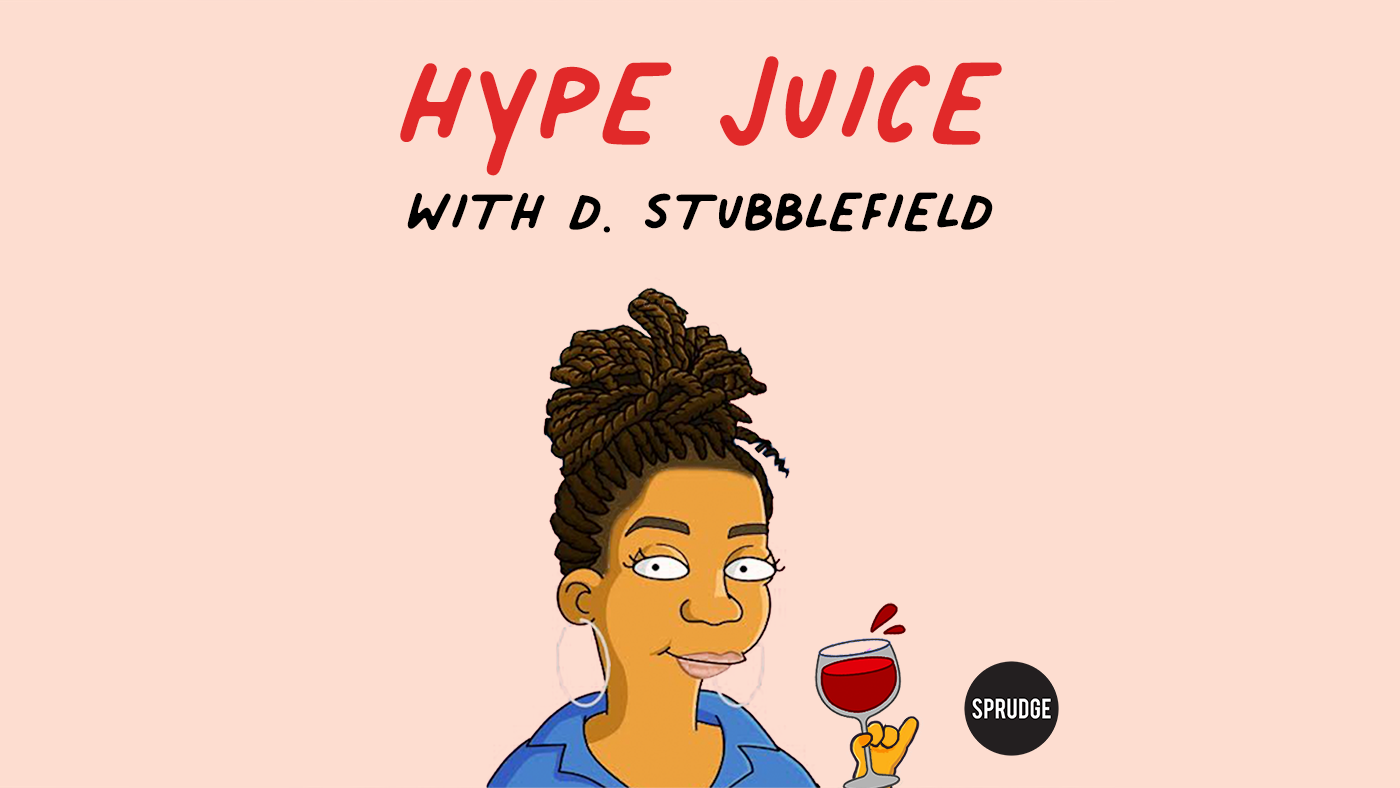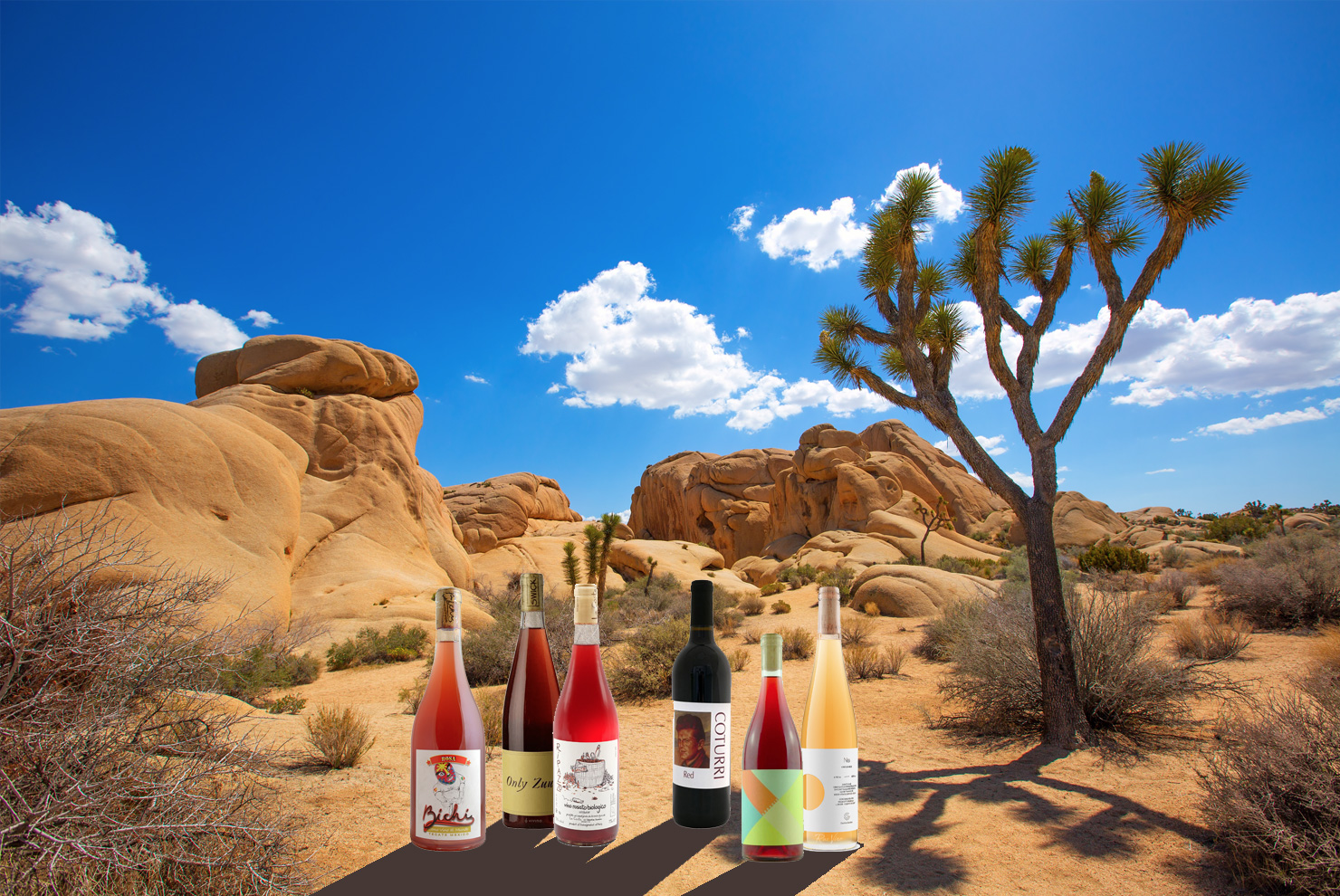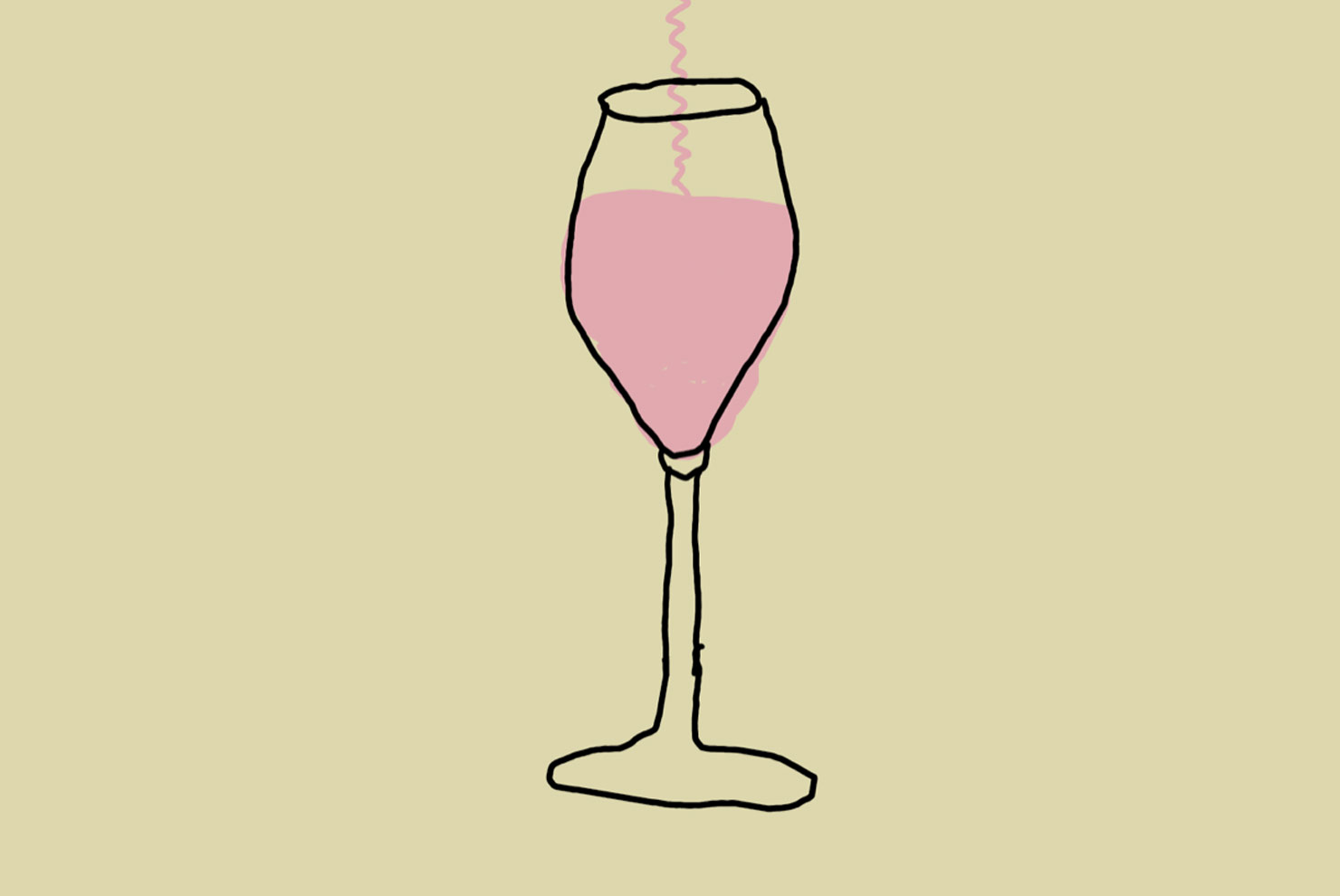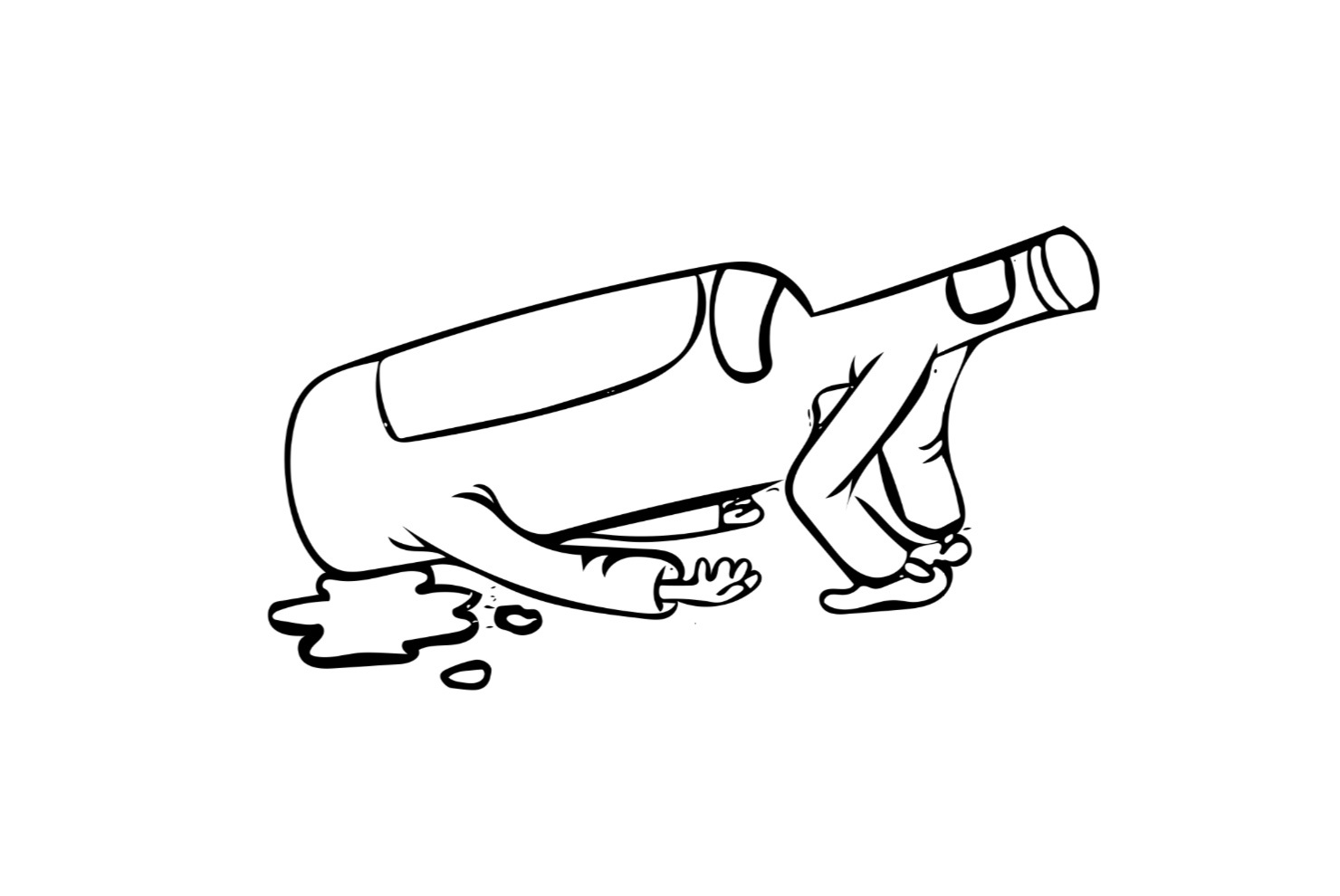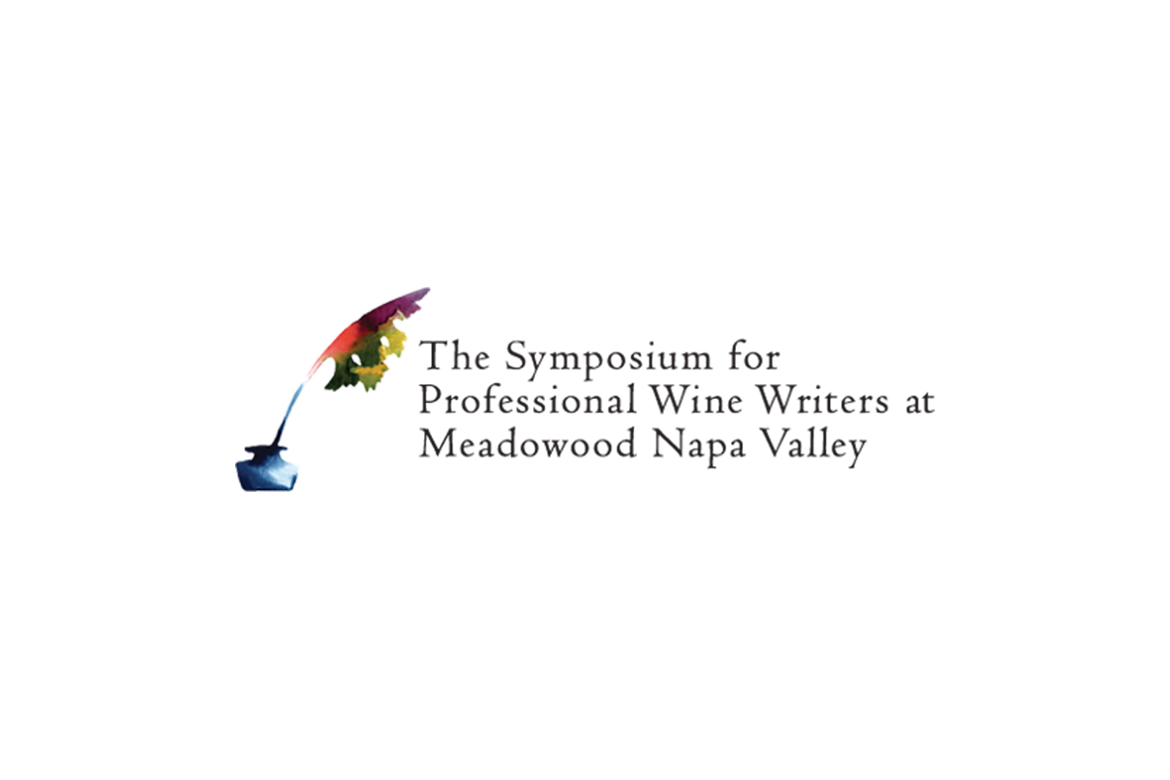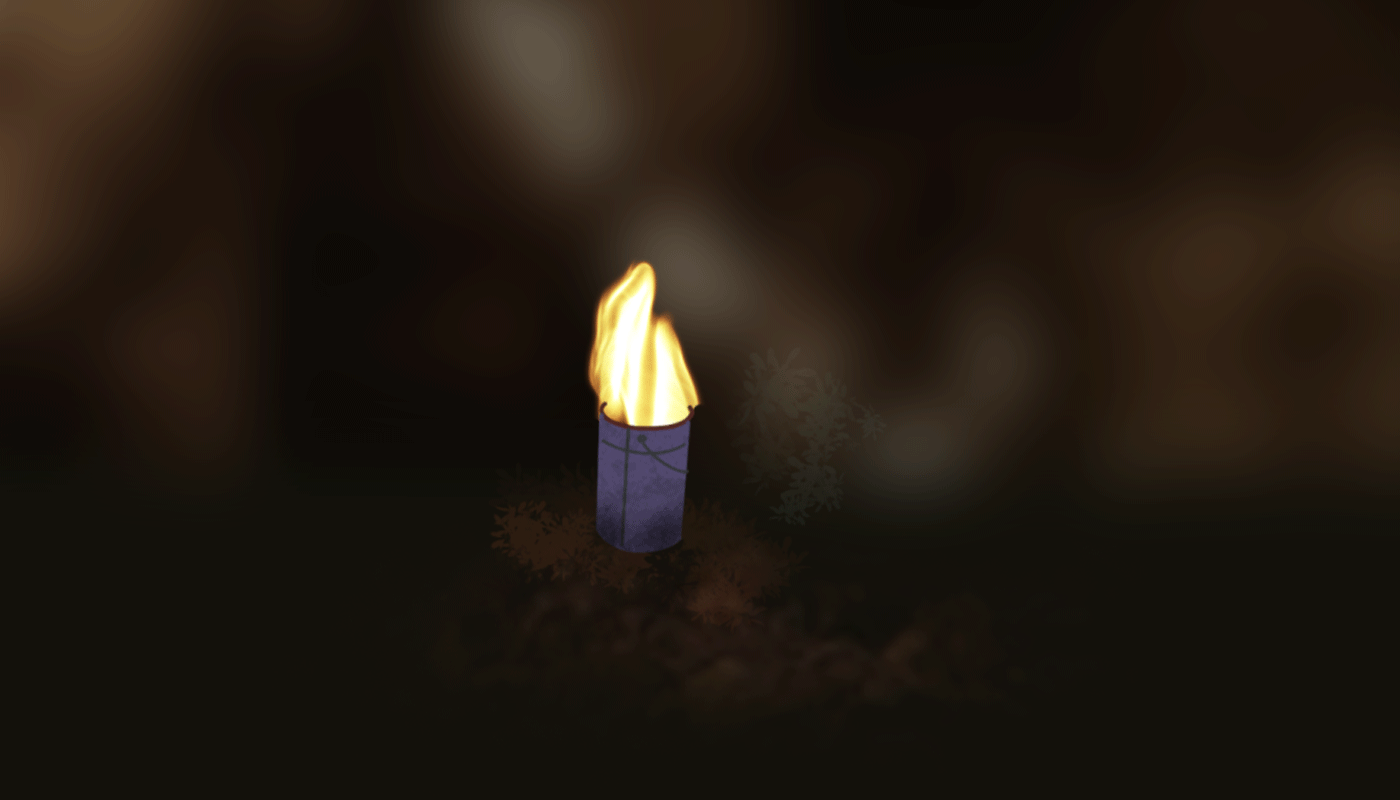No wine grape gives less of a fuck than Cabernet Franc. If Cab Franc were a person, she’d be named Cab Franc, and everyone who ever met her would describe her as being “effortlessly cool,” a natural athlete, and very good at math.
Eventually and/or inevitably, Cab Franc becomes the black-eyed bass player of a hypothetical late-seventies UK punk band somewhere along the lines of The Raincoats or The Slits—The Bordeaux Blend, they’re called (STEAL IT! STEAL THIS BAND NAME!) and they get really famous, like Sex Pistols-level famous.
But Cab Franc, of course, could not care less.
After putting up with the questionable antics of her more flamboyant bandmates Cab Sauv and Merlot for far too many international tours, Cab Franc quits the band following the release of their mediocre third album, [Insert Terrible Wine Pun Here], the Bordeaux Blend’s equivalent of The Clash’s crappy Cut The Crap, and move to a tiny cottage in the central Loire Valley: the only place where she ever truly felt at home. As the spunky third wheel in the Bordeaux Blend, Cabernet Franc could not make a smaller deal out of itself if it tried. Although it can’t help but lends a pinch of pep, a whiff of light musk, to your average Merlot/Cab Sauv combo, no Bordeaux winemaker is going particularly far out of her way to showcase Cab Franc: if The Bordeaux Blend were an early-nineties TV sitcom (as opposed to a fake late-seventies punk band), the Cab Franc character would be billed last in the opening credits, preceded by an Introducing…
Cab Franc, as herself. That’s the thing about Cabernet Franc: she’s not a team player, she’s a solo artist.
As a blending grape, Cabernet Franc is invited to the party not because she’s awesome, but because she’s convenient. In Bordeaux, the hardy-as-hell Cab Franc is known as the “insurance grape:” she ripens early, and can withstand harsher growing conditions than her prima donna bandmates. Despite a handful of inspired exceptions (the famed Chateau Cheval Blanc, my personal favorite Bordeaux big boy, is typically vinified from a slightly-Cab Franc-heavy Merlot/Cab Franc split), Cabernet Franc is mostly kept around to help flesh out an unsuccessful vintage. This accounts for about 25% of why—just like my spirit wine grape—I could not give less of a fuck about Bordeaux if I tried.
As far as French wine regions go, my heart has always belonged to the Loire Valley, the spiritual home of my beloved Cabernet Franc. Last autumn, I took a trip there: to Angers, a small city beside the Maine river at the edge of the Valley. Angers is not the most beautiful city in the world, but beautiful cities have never been my bag; I like dogs of cities, which reveal their resplendence in the finer details.
Every morning I spent in Angers began with a run, the kind of run where you set yourself a goal of how long you’re going to run for, then surpass it without trying, because you’re so happy, so free, you could run forever if you wanted; there’s no point in forcing yourself to stop. I ran down sweet cream streets, the sky unapologetically and permanently grey, past castles and train tracks and wine caves, across the Maine river and then down alongside it.
When I think about Cabernet Franc, I think of a cinnamon heart, one of those little Valentine’s candies, a twist-tied plastic sack of them. I think I’m probably the only person alive who actively loves that particular sweet. Candy Cinnamon Heart is my favorite Cab Franc tasting note I’ve ever written. Candy Cinnamon Heart is also my tasting note for my own heart.
A lot of people hate on Cabernet Franc for being too “stalky,” to mean that it tastes like the white bottom of a blade of grass, or a sinewy bite of raw asparagus, or a cold wet bite of green pepper off a black plastic crudité tray. At your co-worker’s baby shower, or something equally gauche.
The Cab Francs I drank in Angers were never stalky, just a little green. They were light-bodied in theory but medium-bodied in practice; I say this to mean that they went down so easy it confused me into perceiving them as being light, but they had a good heft to them: imagine a blended punnet of strawberries. Not too much acid, just the slightest hit of zip, some delicate structure, but mostly, they spoke of bright, pure, and sparkling red fruit: a Christmas ornament shaped like a red cherry, rolled in silver glitter, or a cherry jelly candy, dusted with sugar. The little moons inside of Sailor Moon’s eyes.
The Cab Francs I drank in Angers made me think hard and a lot about how wine is a living thing, a volatile creature; it made me realize what stress we put them under by shoving them into boxes, little coffins, and shipping them across the world. I couldn’t stop thinking of the word stress, all the poor stressed-out little Old World wines we drink in North America; the wine equivalent of the puffy-eyed sore-limbed version of myself who’d gotten off a plane in Paris five days prior. In the Loire, the Cab Francs were amplified in color, flavor, and potency. They were awake. On my first night in Angers, I drank a glass of Cab Franc, a humble Anjou Rouge, a cinnamon sneeze, brilliantly but carelessly paired with an inelegant slab of rillete d’Anjou—cured ripped-up rabbit meat cooked in its own fat, pressed into a loaf-shape, and served cold alongside a pile of cornichons and a basket of shitty baguette.
Whoohoohoo! Once paired with food, it felt like my glass of wine had just snorted like five lines of extremely high-quality cocaine, and was now wet with deranged enthusiasm about you know like seriously just like life itfuckingself, you know? So psychotically eager to reveal the deepest truths and most mundane details of its like entire fucking life. You know???
Cab Franc’s synaptic secrets were all about cherries and cinnamon, nutmeg, clove, and— as always— Coca-Cola. The inside of my mouth turned bright red to taste them.Over the course of my time in Angers, I paired a Chinon with a Croque Monsieur, a dare-I-say overly-chilled St. Nicolas de Bourgeouil with a (very weird) crab leg and foie gras salad, and a Saumur-Champigny with steak tartare and French fries: each experience was similarly revelatory. Cab Francs may not be the greatest food wine in the world, but they’re certainly the most democratic. A good Cab Franc doesn’t need food, but if it’s around she’ll smash it out; as a heavy-light red, she can cover more bases than anything except a decent orange wine—which, as they say, is Hard To Find. I have my own wine list now, and I have a bit of a Chinon problem when it comes to maintaining it, as in: I can’t stop purchasing them. Every Chinon I taste seems more appropriate, more relevant, than the last. I don’t know if there’s a particular high I’m chasing, or if I really just dig Cab Francs at their Cab Franc-iest, but after going through three Chinons in three months, I think I’ve finally found my answer:
Domaine Olga Raffault’s Chinons are the quintessential expression of Cabernet Franc, as cute as they are broad, sprawling, sweeping, tasting of cinnamon-soaked black licorice, a bite of a raw bulb of fennel, a savory vegetable pie and a decadent raspberry crumb cake baking in the same kitchen concurrently, wafts of sweet and savory swirling into one in the air, as you knock back a sip of juicy Anjou Rouge and swap a twinkle-eyed gaze with your favourite black-eyed bassist.
And for dessert… have you tried a Cab Franc ROSÉ?!?



